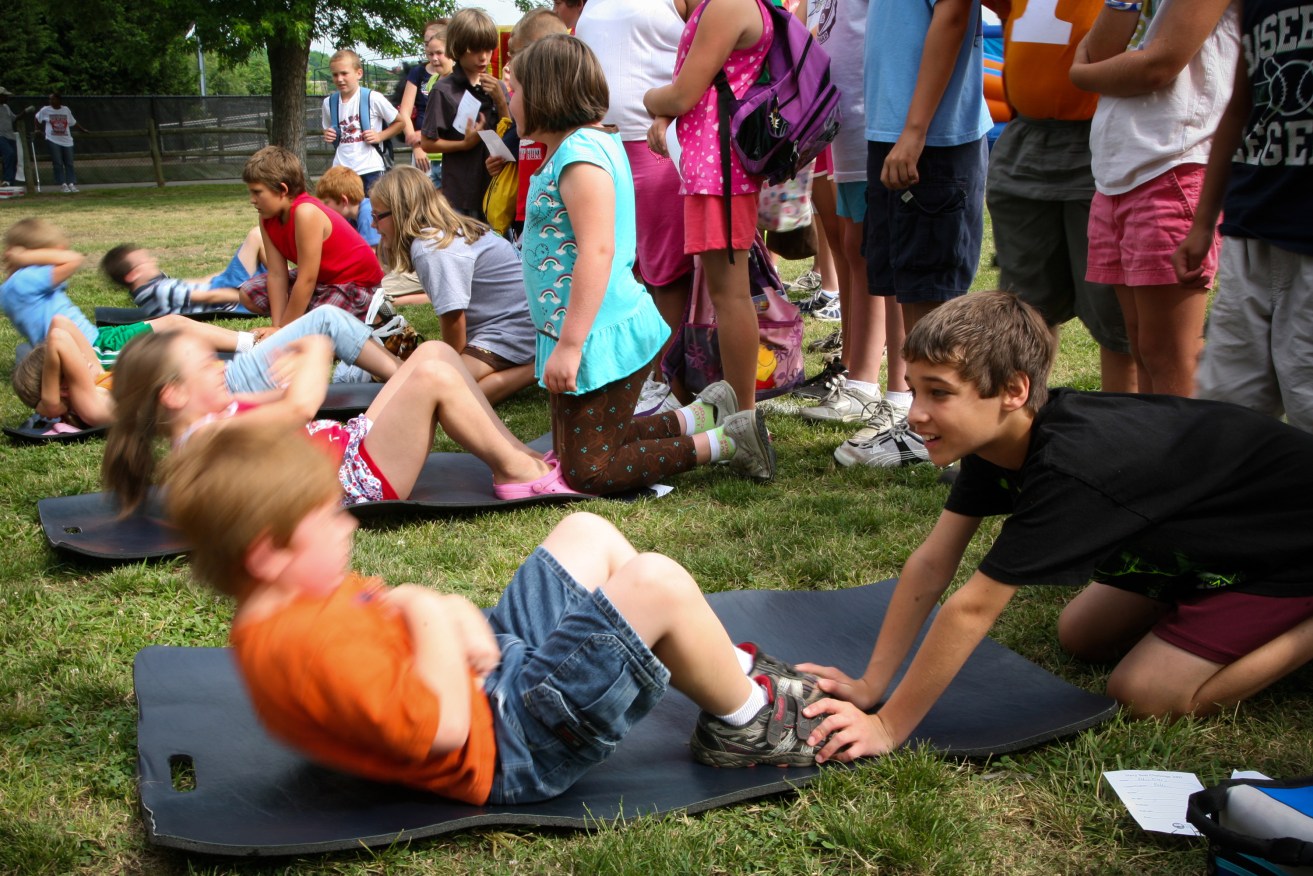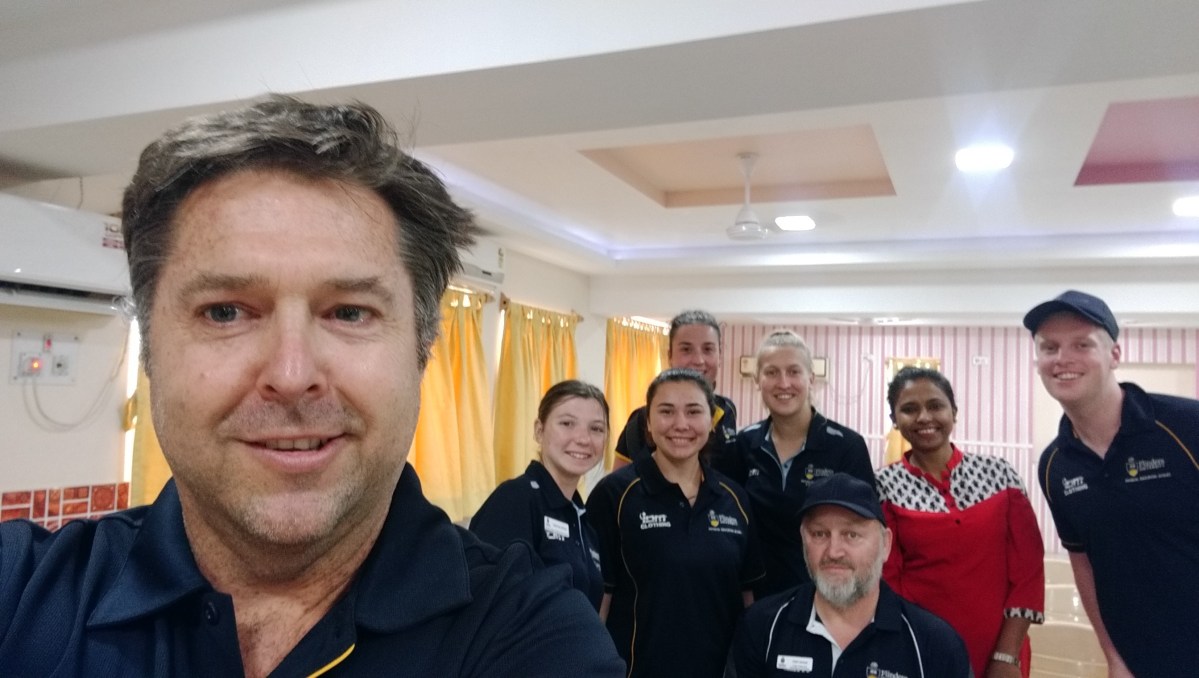Kicking and catching is as important as spelling and sums
A leading Australian physical education academic says it’s time to place “physical and sport literacy” abilities, such as the basic skills of running and throwing, on a par with spelling and arithmetic as essential to children’s long-term health and wellbeing.

“Physical literacy” – which includes skills such as learning how to run, jump, catch and throw – should be considered a “general capability” that is critical to children’s development and confidence, says Associate Professor Shane Pill, a physical education (PE) and sport studies lecturer at Flinders University.
It is also fundamental to a child’s ability to perform well at academic and other tasks at school, and to maintain a healthy weight and body image.
Associate Professor Pill, who is President of the Australian Council for Health, Physical Education and Recreation (ACHPER), says physical literacy should be the responsibility of every teacher and not just those with ‘health’ or ‘PE’ in their titles.
“The Australian curriculum calls for students to receive health and physical education from the first year of schooling until year 10,” he says.
“But the development of the abilities associated with becoming physically literate should not be solely the responsibility of health and physical education teachers any more than supporting reading issues is only the responsibility of English teachers.
“In reading or maths, for example, all teachers will act when they notice a weakness or a problem in a child’s work.

“If we want students who understand the value of physical activity in healthy, active lives, and with mounting evidence showing that factors such as prolonged sitting and physical inactivity affect cognitive performance, all teachers should also be monitoring the physical literacy of their students and flagging their concerns.”
Associate Professor Pill says obesity is on the rise in Australia, including among primary school aged and teenage children.
The Australian curriculum reflects the prevalent understanding that school is the best environment in which to ensure young people were introduced to the benefits of physical activity, from the development of basic skills to their willing participation in sports.
“There is tremendous benefit in encouraging participation in school and community sport,” he says.
“Involvement in sport at school develops a child’s capabilities in many of the basic functions such as running, throwing and catching that we perform throughout our lives – whether or not we ever play competitive sport – and their confidence in being able to perform those functions.
“Those capabilities and that confidence influence their choice whether to be active as older children, adolescents and adults, and so have direct bearing on their health and wellbeing as adults.
“Playing school sport clearly has short-term health benefits but it also builds social and emotional skills such as persistence, resilience, working as part of a team and communicating to help each other achieve group goals.”
Associate Professor Pill says schools should work with community organisations to ensure students access the equipment, spaces, coaching and mentoring necessary for them to flourish.
“Clearly there are schools that can’t afford to have masses of sports equipment or big areas for sport,” he says.
“But they can prioritise physical education and work with their communities to ensure their students have equal access to the ingredients that will put all kids on the starting block to lifelong physical activity.”
Pill is the author of six books on coaching and game sense teaching. His research on sport teaching and coaching is reflected in his contribution to the Cricket Australia ‘S’Cool’ resource, the Tennis Australia Hot Shots program and revised AFL Sport Education program. He has published more than 100 scholarly and academic papers, and is a popular speaker and presenter. Read his blog here http://learningthroughsport.blogspot.com.au/
Article by the Media Centre for Education Research Australia (MCERA), an independent, not-for-profit organisation that provides a conduit between education researchers and the media to improve public understanding of key issues in education.





